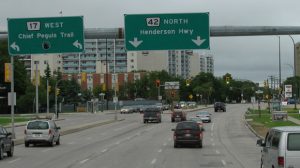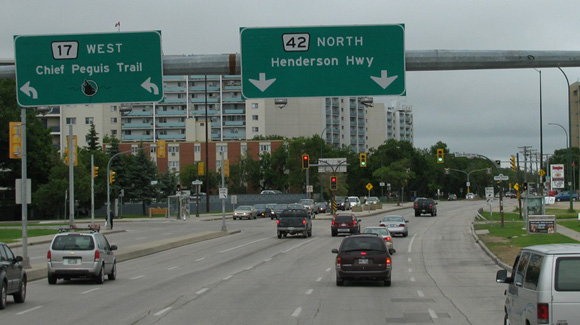 City Council’s recent 25 cent fare increase to fund rapid transit provides a dramatic perspective on priorities in the capital budget now before Council.
City Council’s recent 25 cent fare increase to fund rapid transit provides a dramatic perspective on priorities in the capital budget now before Council.
The decision was hasty – even reckless – with no analysis of consequences, no consideration of other funding options, and no professional, public or provincial input. It has the potential to reduce rather than augment revenues if discretionary riders go back to their cars thereby increasing congestion and wear and tear on city streets. And it is regressive socially, putting an extra burden on low-income and disabled non-discretionary riders.
Meanwhile the city plans to spend $150 million on streets and bridges in 2012 alone, a 34% increase over 2011, but there is no attempt to collect extra revenues from motor vehicles, nor has there been for years. Even when planning new rapid transit infrastructure, the priority of Council seems to be maintaining subsidies for private vehicles. It’s time for cars and trucks to get off welfare.
Fees for city services, for recreation, for sewer and water, for transit, and for garbage collection rise to meet incremental spending or inflation. But motor vehicles, which demand an increasingly expensive network of roads and bridges, are sacrosanct – untouchable as a source of revenue to meet their growing costs. Instead we hear a despairing lament about an “infrastructure deficit” and calls for a bigger share of sales tax, but not on fuel.
It is true that a portion of capital expenditures for streets and bridges is supported by federal and provincial fuel taxes. But the provincial tax has remained a constant 11.5 cents/litre for almost two decades, with no adjustment for inflation and no provincial sales tax on fuel. The gasoline tax rate is now worth only two-thirds its value in 1993, when the last increase occurred. An inflationary adjustment to the present would raise the provincial fuel tax to 16.5 cents/litre. Because sales tax is not added on to gas, the discount is even steeper. The average Canadian driver now pays a full eleven cents more in taxes on a litre of gas than we pay in Manitoba. Bringing gas taxes in line with the rest of the country would add well over 100 million dollars per year to our infrastructure budget.
What can the city do about this unsustainable inequity, which shifts the tax burden away from motor vehicles to other sources, including transit users? In the first place, we need to complete the vision of a sustainable Winnipeg with a commitment to sustainable funding and a shift to more sustainable modes of transportation. Cars and trucks should at least pay for the streets and bridges that enable their mobility.
If there is a gap between fuel revenues and road infrastructure needs, this should be used as an opportunity to work with the province to explore new funding options including a tax on registered vehicles, an increase in the fuel tax, increasing the property tax on parking lots, automated road and bridge toll billing facilitated by transponder technology, and other measures. Consideration of some of these options would free up millions of dollars needed to complete the southwest rapid transit corridor without raising bus fares. A sustainable Winnipeg means we all must pay our share, including drivers.




This is crystal clear. Thanks for tkaing the time!